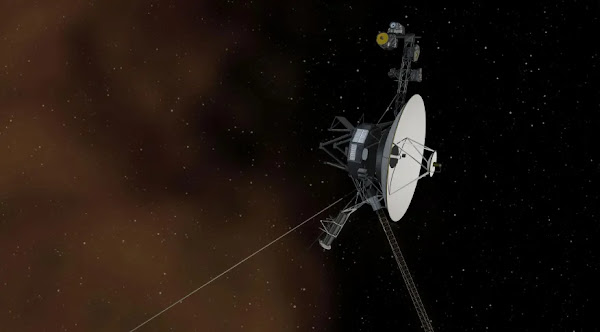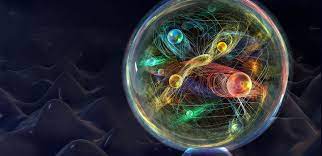Destaques
- Gerar link
- X
- Outros aplicativos
The Voyagers: Humanity's Enduring Messengers in Deep Space
The Voyager spacecraft, comprising Voyager 1 and Voyager 2, are iconic representatives of human exploration beyond the confines of our home planet. Launched in 1977, these interstellar emissaries have embarked on an incredible journey through our solar system and continue to push the boundaries of human knowledge. In this article, we will delve into the remarkable story of the Voyagers, their scientific accomplishments, and their enduring legacy in the annals of space exploration.
Unveiling the Unknown:
The primary mission of the Voyager spacecraft was to study the outer planets of our solar system, including Jupiter, Saturn, Uranus, and Neptune. Equipped with an array of scientific instruments, these probes unveiled a multitude of discoveries that revolutionized our understanding of these distant worlds. They captured breathtaking images of Jupiter's turbulent atmosphere, unveiled the intricacies of Saturn's rings, discovered active volcanoes on Jupiter's moon Io, and revealed the intricate details of Neptune's Great Dark Spot, among countless other findings.
A Grand Tour:
The Voyagers' trajectory allowed them to conduct a "Grand Tour" of the outer planets, taking advantage of a rare alignment that occurs only once every 175 years. This fortuitous alignment enabled the spacecraft to harness the gravitational assists of each planet, propelling them from one destination to the next. This unprecedented journey provided a wealth of scientific data and insights into the diverse and dynamic nature of our celestial neighbors.
Beyond the Planets:
While the Voyager missions initially focused on the outer planets, their incredible resilience and longevity allowed them to venture into interstellar space, far beyond the influence of the Sun. Voyager 1 achieved this milestone in 2012, followed by Voyager 2 in 2018. These historic achievements marked the first human-made objects to reach the realm between the stars, carrying with them humanity's message to potential extraterrestrial civilizations.
Golden Records:
One of the most captivating aspects of the Voyager spacecraft is the inclusion of the "Golden Record." Affixed to each probe is a gold-plated copper phonograph record containing a selection of sounds, images, and greetings from Earth. Curated by a team led by astronomer Carl Sagan, this time capsule encapsulates the diversity of human culture and serves as a testament to our curiosity and desire to connect with the unknown.
Endurance and Future:
Despite being launched over four decades ago, the Voyagers continue to operate and transmit data back to Earth. Their longevity can be attributed to their radioisotope thermoelectric generators (RTGs), which provide the necessary power for essential systems and instruments. While their power output diminishes over time, the Voyagers are expected to continue communicating with Earth until around 2025, providing valuable insights into the uncharted territories of interstellar space.
Legacy and Inspiration:
The Voyagers stand as enduring symbols of human ingenuity and determination to explore the cosmos. They have provided invaluable scientific knowledge, captured the imagination of millions, and redefined our place in the universe. Their success has paved the way for subsequent missions, such as New Horizons, and continues to inspire future generations of scientists, engineers, and space enthusiasts to push the boundaries of what is possible.
- Gerar link
- X
- Outros aplicativos
Postagens mais visitadas
The Higgs Boson: Unveiling the Particle that Shaped the Universe
- Gerar link
- X
- Outros aplicativos


Comentários
Postar um comentário